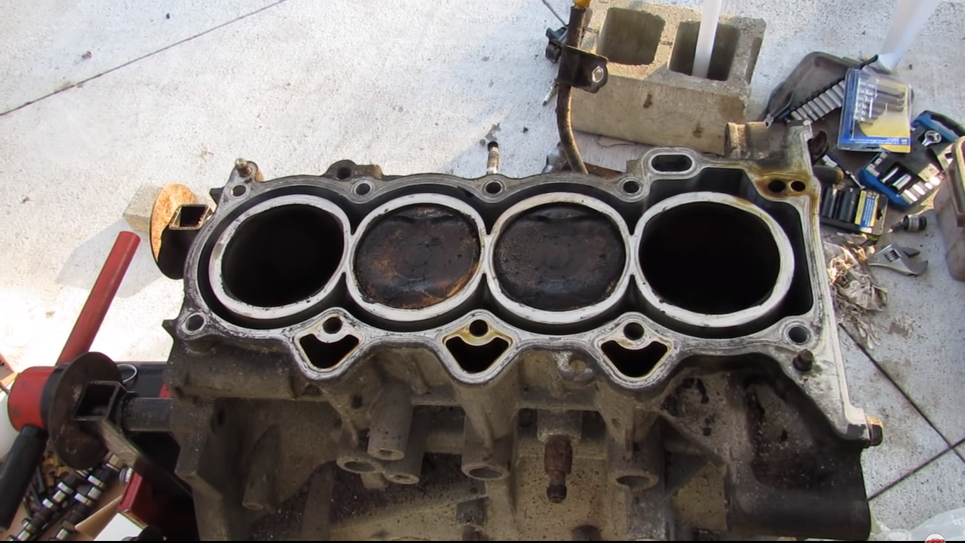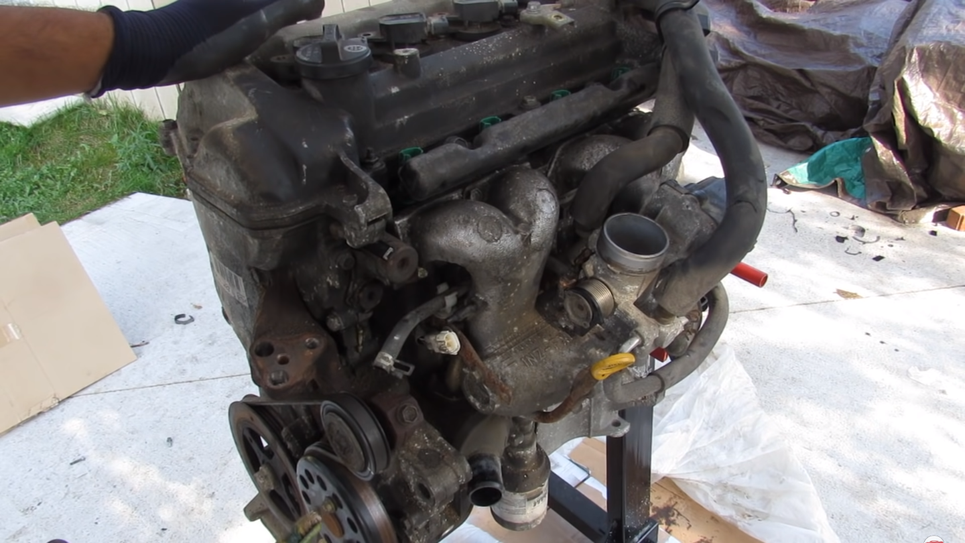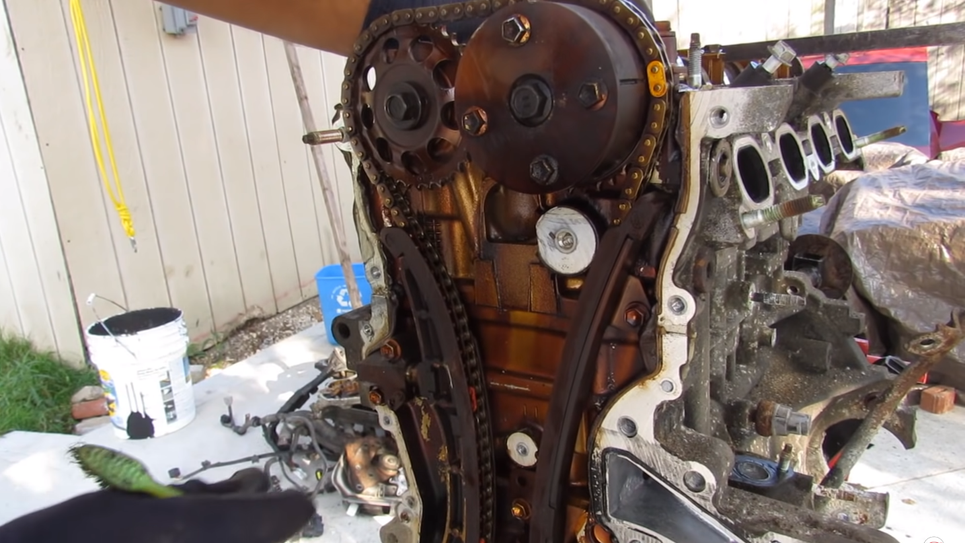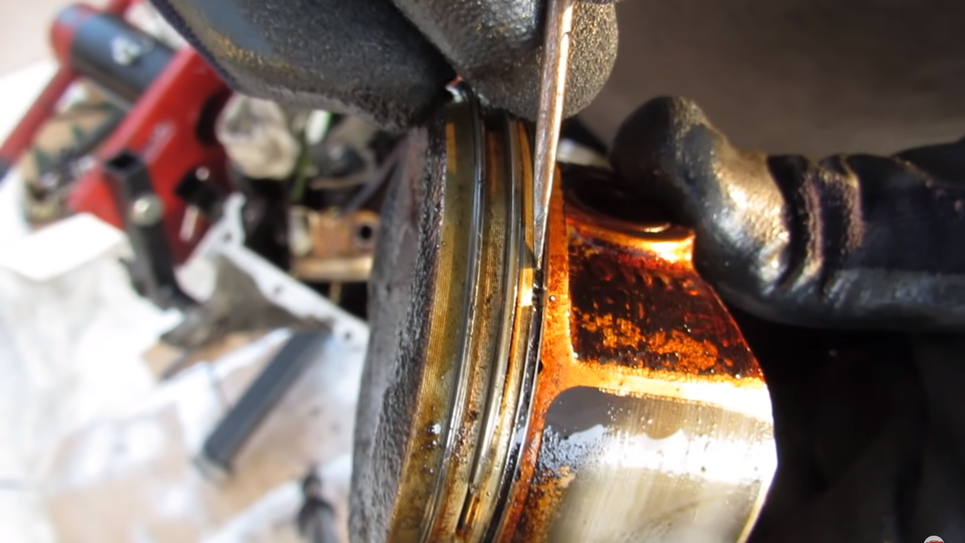Search the Community
Showing results for tags 'neglected'.
-
https://jalopnik.com/check-out-what-a-toyota-prius-engine-looks-like-after-3-1848018980 <Check Out What A Toyota Prius Engine Looks Like After 303,000 Miles This Prius engine was neglected, but it was still alive and kicking. Screenshot: Speedkar99 / YouTube (Other) A Toyota Prius has joined my shared fleet in what so far is a positive Carvana experience. Since I love knowing all I can about every vehicle in the fleet I’ve been binging all sorts of Prius videos. One of the ones that I’ve come across is a detailed teardown of a high-mileage 2004 Prius engine that looks good, even after some neglect. A few readers have expressed concerns about picking up a Prius with 90,000 miles and expecting to run it 30,000 miles a year. That kind of driving can be hard on a car. Yet, I’ve seen plenty of second and third-generation Prii driving around in taxi service with more than 300,000 miles and still kicking. If, like me, you wonder what the engine of a high-mileage Prius looks like, YouTuber Speedkar99 tore one down and examined its wear. The engine here is a 1.5-liter 1NZ-FXE inline-four from a second-generation Prius with 303,561 miles. This engine uses a low compression ratio and a high expansion ratio. This works by holding the intake valve open longer for a reverse flow of intake air into the intake manifold, simulating an Atkinson-cycle engine. The result is less power but more efficiency, perfect for a hybrid. The 2ZR-FXE uses a similar system. Screenshot: Speedkar99 / YouTube (Other) The YouTuber informs us at the beginning of the video that the engine was running fine without issues before the teardown. The Prius the engine was taken out of was a parts vehicle. Our host tears through the engine, giving us a thorough explanation of how everything works. But we’re here to see how this engine has fared over 17 years, and the video certainly delivers. First up is a tour through the positive crankcase ventilation system and even the throttle body, which presents some dirty build-up and could use some good cleaning. Screenshot: Speedkar99 / YouTube (Other) But the valves appear to be clean thanks to the injectors. Next, we take a peek under the timing chain cover, where things look a little discolored. The YouTuber says that this is likely because the car may have not gotten timely oil changes but even then, there isn’t a lot of wear. Screenshot: Speedkar99 / YouTube (Other) The camshafts and the head also look clean for the mileage they’ve gone through. Screenshot: Speedkar99 / YouTube (Other) Further in the teardown, the YouTuber cracked open the oil pan to reveal a sad sight. Screenshot: Speedkar99 / YouTube (Other) Yep, that’s sludge. They blame the sludge on cheap oil, the cheap oil filter and deferred oil changes. The filter in the oil pump pickup tube appeared to be pretty gunked up and the pistons have some carbon buildup on them. The bigger point of concern for the YouTuber was clogged-up oil control rings on the pistons. Screenshot: Speedkar99 / YouTube (Other) The host explains that this could mean that the engine might not have been getting proper lubrication there. Overall, the engine looks pretty good despite some neglect. It’s no wonder why Prii are able to rack up so many miles on their odometers when they appear to be so durable. Still, the sludge build-up is a perfect example of why you should always keep up on your maintenance.>
-
Use of electronics has its place in voltage regulation of DC power in modern automobile. The regulation usually handles the rms voltage pretty well. However, its ability to handle quick cyclical transcient changes depends alot on the battery response to the transcient demand under the condition of pulsating DC output from the alternator and its regulation speed. POTENTIAL WEAKNESSES OF AUTOMOBILE VOLTAGE REGULATION 1. Quite unlike typical DC power sources which have large capacitor as power reserve to stabilise cyclical transcient voltages, automobile uses storage battery as its power reserve, instead. Large capacitor is usually better in supplying very quick and sharp repeated demand of power than battery, particularly when the battery is already supplementing power to flatten the alternator's rectified pulsating output. 2. If the battery is no longer new, operating in elevated temperature or not in fully charged condition, its ability to handle cyclical transcient voltages is often compromised. 3. DC loadings simultaneously from powerful fans, external lightings and other high power systems can cripple the stability of battery voltage coping with alternator's pulsating DC, hence, affecting the effective electronic voltage regulation. 4. Under fast changing load, the electronic regulation is always slow in responding due to the lagging control of the alternator's field strength. The control circuit needs the time to respond with additional current to increase the excitor field strength facing the inductively opposing field from the loaded power generating coil. 5. Pulsating ignition can then cause significant sharp voltage dip, particularly at instances when alternator's pulsating voltage close to 0V. Extremely short interval of 1V-4V dip cannot be detected by voltmeter which may still show a healthy 13VDC-13.5VDC (rms). Note: Typical ignition primary draws rms current of 3amp-6amp. Assuming 20% duty cycle for ignition built-up, each ignition effectively draws 5xroot2 i.e 20amp-40amp peak for 20% of the time. This is an important consideration for ripple current in order to achieve effective voltage stabilisation. POSSIBLE ADVERSE EFFECT FROM INSTANCES OF QUICK CYCLICAL VOLTAGE DIP 1. This transcient dip is adverse to performance of engine electricals, particularly the ignition itself and other voltage sensitive systems. 2 Ignition energy will be inadequate or even misfires at instances of significant voltage dip. Perhaps, unstable idling and power-lacking acceleration might be the symptoms of such conditions aggrevated with max cold a/con and full headlights. Any comments?
- 31 replies
-
- voltage
- stabilisation
-
(and 3 more)
Tagged with:









